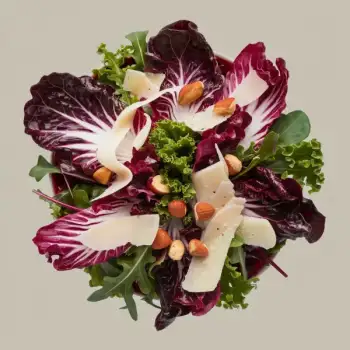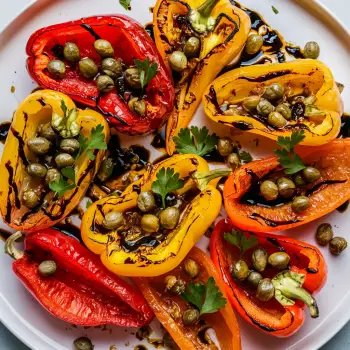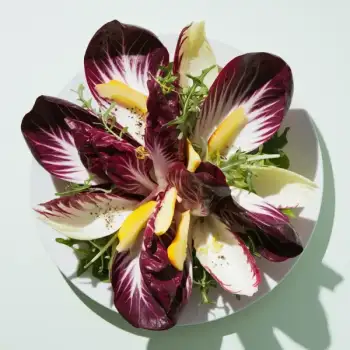


Fresh heads
Radicchio, a member of the chicory family, is typically sold as fresh heads. The leaves are deep red/purple with white veins, and it's often used in salads or grilled.
Grilled or roasted
Prepared radicchio can be found grilled or roasted, often sold in specialty stores or as a gourmet item. This form accentuates the vegetable's natural sweetness.





Grilling: Grilling radicchio is a popular method that imparts a smoky flavor and tenderizes the leaves. Cut the heads into wedges, brush with oil, and grill over medium heat until charred and slightly wilted, which typically takes about 2-3 minutes per side.
Roasting: Roasting radicchio in the oven caramelizes its natural sugars and softens its bitter edge. Cut the heads into wedges or slices, toss with olive oil, and roast at 375°F (190°C) until the edges are crispy and the center is tender, about 10-15 minutes.
Sautéing: Sautéing radicchio quickly in a hot pan with oil can wilt the leaves and concentrate its flavor. It's best to sauté radicchio for a short time to prevent it from becoming too bitter.













